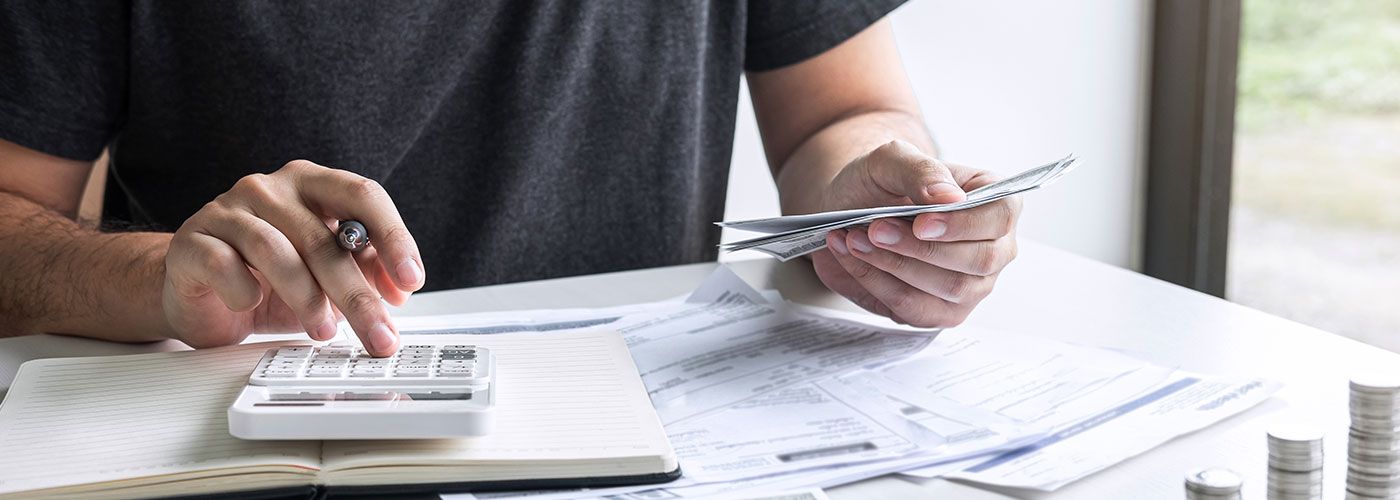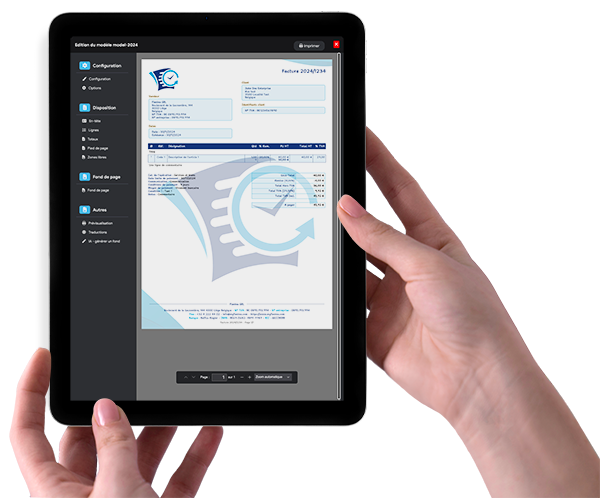Some clients refuse to pay an invoice. That's why following up with a late-paying client is a task that presents many challenges for businesses, especially for their cash flow. It's therefore important that client follow-up management be organized, so the company can avoid this type of mishap. So why is following up with a client after an unpaid invoice important? How can a company fight against bad payers? How many times should you follow up with a client? And what to do when one or more client follow-ups are ineffective? We'll address all these points in this article. Follow the guide and happy reading!
Client Follow-ups | Their Importance
Client follow-ups are important because they allow the company to best manage its cash flow. For any professional, there are more or less difficult periods such as a bank overdraft or even an inability to pay debts. Indeed, many companies are not paid by their clients within the given deadline. This can be very constraining for their cash flow. That's why it's appropriate to implement client follow-up management from the beginning of an activity, for three essential reasons:
- Late implementation is always more complicated;
- Implementing good follow-up management allows you to immediately notify your clients;
- Implementing it late can prove more tedious, especially if it occurs during business operations.
Let's now focus on the objectives of client follow-ups. They are very simple. Ensuring good management allows:
- reducing payment delays;
- improving the average client payment time;
- fighting against unpaid invoices;
- increasing turnover, etc.
Client Follow-up Management
Client follow-up management is a long-term task. That's why it can be interesting to use an accounting and commercial management IT tool. This must be regularly updated in terms of the number of sales and client payments. All this to be able to quickly identify unpaid invoices.
There are also applications that allow you to efficiently and automatically manage client follow-ups. This with a single goal: to save you time. It's always preferable to entrust this task to accounting or to a person involved and engaged in the company's commercial management. As you'll understand: understanding the stakes of client follow-ups is an important element. That's why this work must be done correctly.
Indeed, following up with a client when they're not late with payment can lead them to disappear, as this can contribute to deteriorating commercial relations between the two parties. Of course, a fixed recovery compensation is implemented if there's a late payment.
How many times should you follow up with a client?
As a general rule, in case of an unpaid invoice, you should follow up with the client twice before moving to the next step. However, if it's a small amount, one follow-up will suffice. We advise against following up with a client more than twice, as bad payers may wait for several follow-ups before paying an invoice. It's therefore preferable to issue a formal notice to pay as soon as possible if follow-ups don't have the expected effect.
What to do when a client follow-up is ineffective?
It may happen that a client doesn't respond to one or even several follow-ups. In this case, you'll need to send them a formal notice by registered mail with acknowledgment of receipt. In this letter, the client will have all the details including the number of days they have left to proceed with payment. If after this, they still refuse to pay the invoice, the company can launch legal proceedings against them.
Following up with a late-paying client is of capital importance for a company. And you, have you ever dealt with bad payers? How did you proceed? Come share your experiences in the comments. Don't forget that you can come discover our online invoicing software for 15 days. If you want more information about our software or to discover it with a free demonstration, you can contact us. The entire Flexina team wishes you a great discovery.




